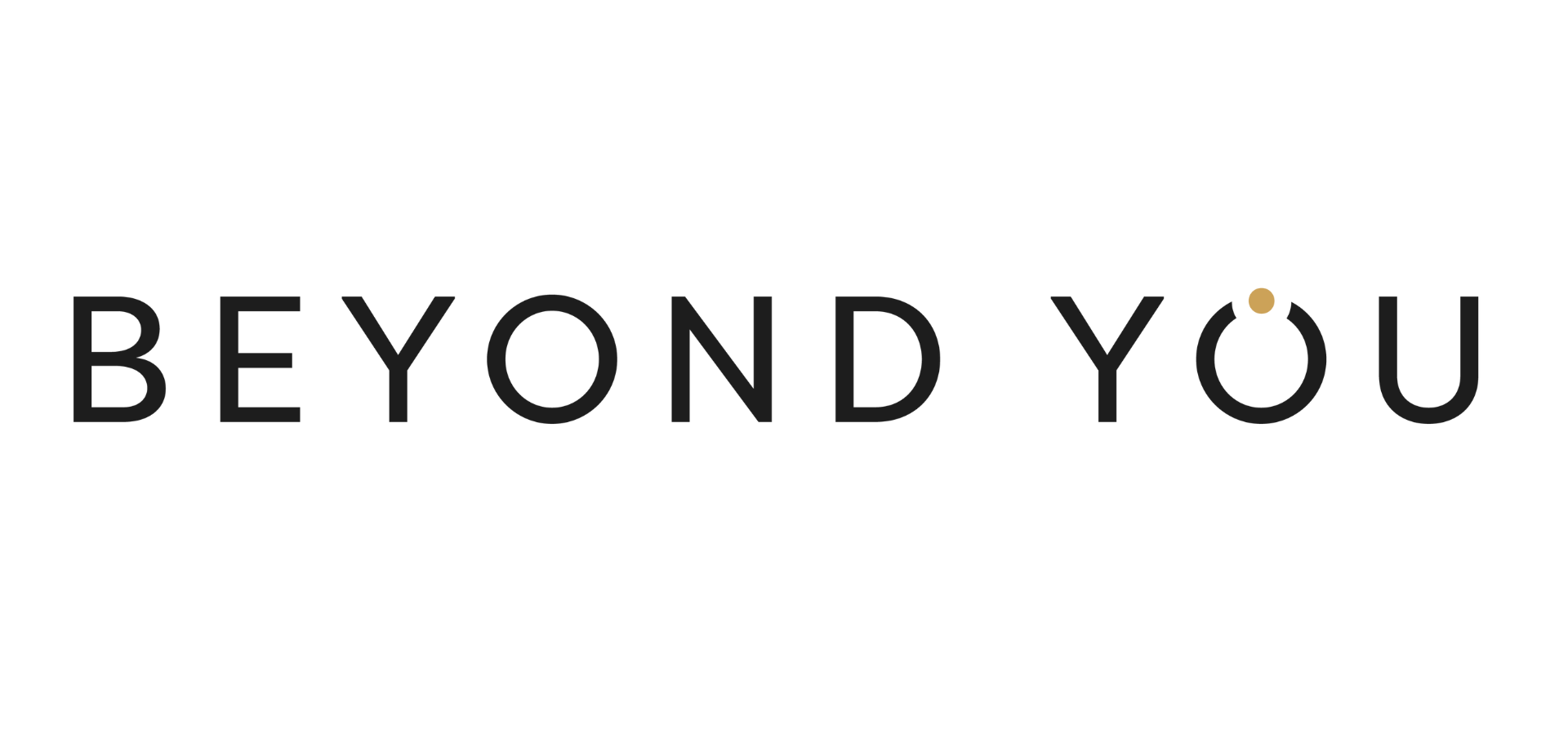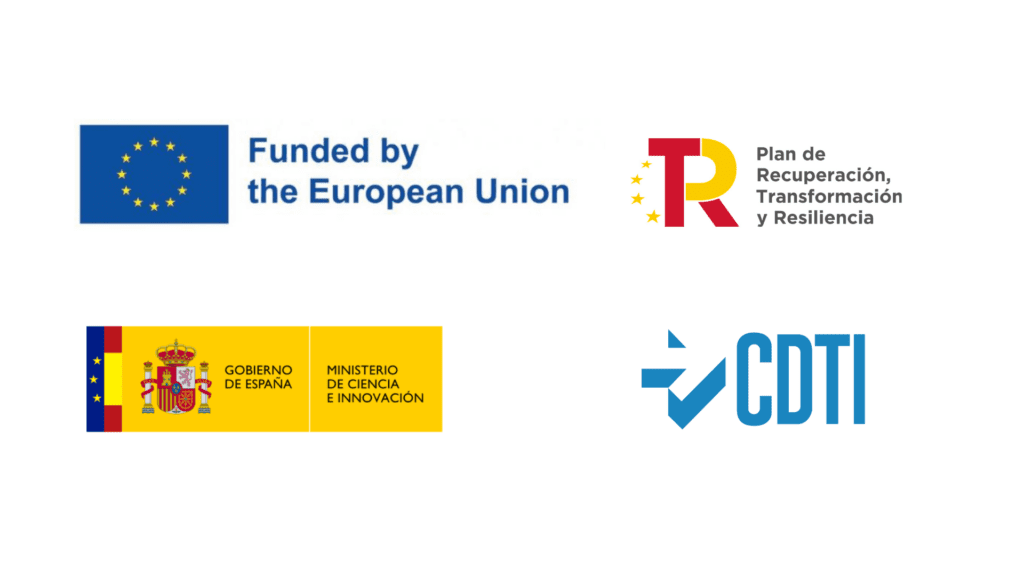

Introduction:
In this case, we present a 35-year-old athlete who experienced an Achilles tendon injury during training. This incident led to significant challenges, including persistent pain, mobility limitations, and a notable decline in sports performance.
The cause?
Through detailed clinical analysis, we identified the underlying causes of his Achilles tendon injury, including muscular imbalances, inefficient movement patterns, and biomechanical factors. Join us to explore how we designed a personalized rehabilitation plan, addressing not only the injury itself but also working on preventing future complications.
Challenges Faced:
- Need to optimize the recovery process: Despite the commitment to Achilles tendon injury rehabilitation, obstacles affecting the return to peak performance were experienced.
- Improve performance: Vital for achieving athletic goals, yet significant challenges in advancing physical capacity were faced, with expected results not achieved.


Detected Metabolic Alterations:
Analyses revealed alterations in the following pathways:
- Histidine and histidine-related compounds: Indicated to enhance anaerobic exercise performance and stabilize pH, inhibiting glycolysis.
- Ascorbate and aldarate metabolism: Reducing post-exercise oxidative stress and connected to collagen, a primary component of tendons.
- Insulin secretion/resistance: Understanding the relationship between insulin and exercise, suppressing insulin’s fuel storage effects during physical activity.
Proposed Solution for Improving Altered Pathways:
- GABAergic synapse: Increase consumption of fermented foods to optimize the microbiota and take magnesium bisglycinate supplementation to boost GABA levels.
- Folate biosynthesis: Boost intake of green leafy vegetables and brewer’s yeast for sufficient vitamin B9. Rule out gastric acid deficiency or intestinal tract inflammation.
- Ascorbate and aldarate metabolism: Increase consumption of parsley, citrus fruits, tomatoes, peppers, cruciferous vegetables, and strawberries for high vitamin C content. Reduce intake of simple sugars.
- Glycosphingolipid biosynthesis: Increase fasting exercise, consume flavonoids, omega-3, and beets, and reduce inflammatory inputs such as lack of rest.
Recovery Strategy:
Specialized Nutrition:
We proposed the following dietary modifications to improve results based on detected alterations:
- Histidine and histidine-related compounds:
- Increase intake of protein-rich foods containing essential amino acids for tendon and cartilage health, such as histidine, proline, lysine, glycine, valine, and leucine.
- Consider branched-chain amino acid supplementation under the supervision of a nutritionist.
- Ascorbate and aldarate metabolism:
- Increase intake of vitamin C-rich foods like citrus fruits, strawberries, kiwi, and broccoli.
- Supplement vitamin C to specifically improve connective tissue injury.
- Insulin secretion/resistance:
- Promote good metabolic flexibility and provide quality, low-glycemic carbohydrates.
- Include fiber-rich foods like whole grains, vegetables, and legumes to stabilize blood glucose levels.


Lifestyle Changes:
We also suggested the following lifestyle changes:
- Incorporate specific exercises to improve mobility and flexibility. Movement compression will stimulate the synthesis of large proteoglycans, enhancing water retention and tissue recovery.
- Include low-impact activities like swimming or cycling to maintain physical condition without additional pressure on the injured tendon.
- Ensure proper hydration to support the formation of a solid and healthy extracellular matrix.
- Reduce inflammatory and pro-inflammatory cytokines circulating due to the injury to allow tissue recovery and oxygenation.
- Adequate zinc intake to promote tissue healing, collagen synthesis, and protection against oxidative damage.
- Sufficient rest, with proper sleep hours and recovery periods between training sessions.
Key Supplements:
- Hydrolyzed Collagen: Administer collagen as a supplement to support connective tissue regeneration, including the Achilles tendon. Take approximately 10g per scoop.
- Glycine: To stimulate the synthesis of hydroxyproline, hydroxylysine, and the organization of connective tissue. Take 5ml with 200ml of water once a day.
- Populus nigra: Key for stabilizing lipoxins, lipid mediators specialized in inflammation resolution. Take 20 drops, 5 times a day.
- Omega-3 (EPA and DHA): To reduce inflammation and promote the synthesis of beneficial substances like resolvins and maresins. Take 2-3g daily at night with dinner.
- Vitamin C: For proper hydroxylation of amino acids and synthesis of new tissue. Take 70mg/kg of body weight during the acute injury phase.
- Vitamin D3: Assess the need for vitamin D3 supplementation throughout the recovery process to support immune function. Take a daily dose of 4,000-5,000 IU with breakfast or lunch.


Results and Final Evaluation:
After undergoing additional evaluation with the Beyond You gene expression test and following the treatment plan tailored to his specific needs, the athlete experienced significant improvements both subjectively and objectively.
The recovery from the injury accelerated significantly, with strengthening of connective tissue and improved mobility. Metabolic pathways, including Histidine and histidine-related compounds, Ascorbate and aldarate metabolism, and Insulin secretion/resistance, normalized. Furthermore, his sports performance improved, evidenced by increased physical capacity and endurance during training.
In terms of performance, the athlete achieved levels resembling or even surpassing pre-injury records. Personalized interventions not only addressed the injury itself but also focused on strengthening surrounding muscle areas and improving biomechanics, contributing to a more solid and efficient performance.
Subjectively, the athlete reported a substantial reduction in pain, both during physical activity and daily life. Supplementation also played a key role in improving the recovery process, with specific supplements such as omega-3, collagen, and zinc showing benefits for connective tissue health and wound healing. These supplements were tailored to the individual needs of the athlete, ensuring optimal contribution to his recovery.
The combination of personalized nutrition and a well-structured supplementation strategy contributed to improving the Achilles tendon injury and the overall performance of the athlete. Nutrition adapted to the specific demands of recovery provided essential nutrients to optimize the physiological response and accelerate the healing process.
Conclusion:
This example illustrates how a tailored intervention, grounded in genetics and a comprehensive approach, can have a significant impact on improving an athlete’s performance. If you wish to obtain more details about the transcriptomic studies we are conducting, feel free to contact us at info@beyondyou.life, and one of our specialists will be happy to answer all your questions.


